Physical Address
304 North Cardinal St.
Dorchester Center, MA 02124
Physical Address
304 North Cardinal St.
Dorchester Center, MA 02124
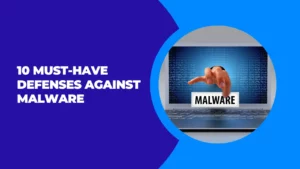
Malware threats are continuously evolving, and it’s crucial to stay protected in 2024 and beyond. In this comprehensive guide, we’ll explore the concept of malware, its history, different types, potential risks, and most importantly, the critical defenses you need to implement to keep your devices and data safe.
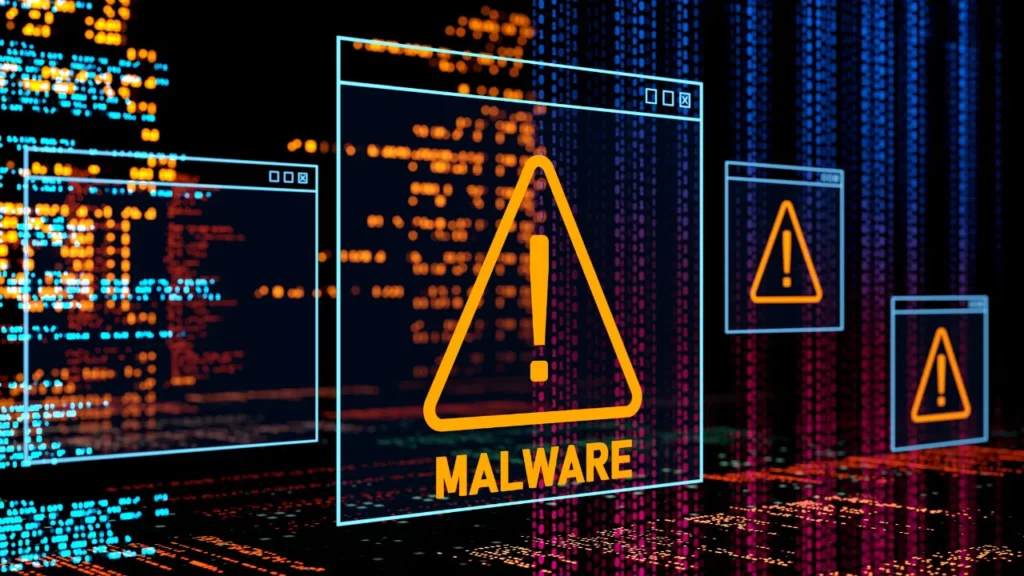
Malware, short for “malicious software”, refers to programs designed to infect, damage, and gain access to computer systems without the user’s consent. Malware comes in many forms, including viruses, worms, trojans, spyware, adware, and ransomware.
The main goal of malware is to disrupt operations, steal data, or gain access to private computer systems. Malware attacks can lead to identity theft, data and financial losses, breaches of privacy, and more.
That’s why having robust defenses against malware attacks is critical for both individuals and organizations in 2024 and beyond.
Malware has been around since the early days of personal computing in the 1970s and 1980s.
Some key events in the evolution of malware attacks:
As you can see, malware has continued to evolve and pose new threats over decades. That’s why having continuously evolving defenses is so important.
Read more: Mapping the Cybercrime Landscape: Trends, Threats, and Defenses
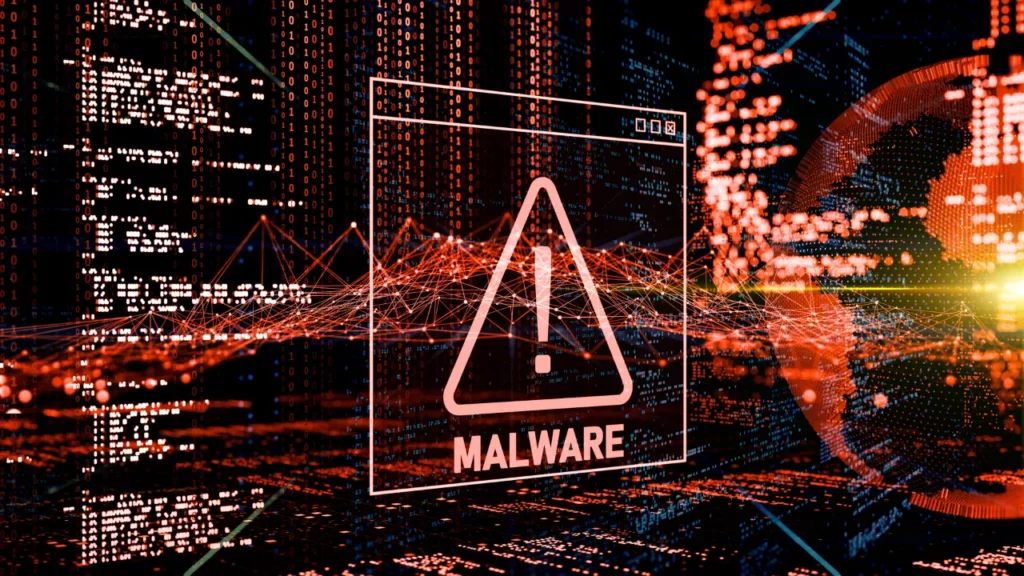
There are many different categories and variants of malware, each using different techniques to infect systems and evade detection. Being aware of the most common malware types is key to protecting yourself.
One of the first and most well-known types of malware. Computer viruses infect files or boot sectors and copy their code to multiply. They require human action such as opening a file to execute and spread. Viruses can delete files, corrupt data, install other malware, or impair system performance.
Computer worms are similar to viruses but spread independently without a host file or human action. They take advantage of vulnerabilities in networks and operating systems to multiply rapidly. Worms can utilize significant bandwidth and crash systems.
Trojans disguise themselves as legitimate software to trick users into downloading and installing them. They create backdoors into systems, allowing remote access, and can install additional malware.
Spyware gathers data and information about users without consent. This includes logging keystrokes, websites visited, files accessed, and more. Spyware can monitor and target advertising based on illicitly gathered user data.
A form of spyware that displays unwanted advertisements to generate revenue for its creators. Adware tracks user behavior and can slow down systems significantly.
Ransomware encrypts files and systems, demanding payment for decryption. Even if paid, decryption is not guaranteed. Ransomware can lead to permanent data loss and significant downtime.
Rootkits allow privileged and stealthy access that are difficult to detect. They can mask malware activity and allow remote control over systems.
Cryptojacking hijacks computing power to mine cryptocurrency without consent. It can significantly slow down systems and drive up electricity usage.
A sophisticated, stealthy type of malware that doesn’t install any files on the system. Instead, fileless malware executes directly in memory, making it harder to detect using traditional antivirus scans.
This covers some of the major malware categories, but new variants are constantly emerging. Understanding the leading types of attacks can help you better defend against them.

Malware attacks pose significant risks to individuals, businesses, and organizations. Being aware of the potential damages can help underscore the importance of security defenses.
Malware like spyware steals sensitive data like credit cards, login credentials, financial information, and personal documents. Ransomware can encrypt data permanently unless the ransom is paid.
Ransomware demands, cryptocurrency mining, and stolen banking information can all lead to direct financial loss. Recovering from the damage can be costly.
A malware infection can significantly slow or crash systems and interrupt operations. Employees may be unable to work, resulting in major business disruption.
Data breaches resulting from malware can harm an organization’s public reputation and trustworthiness. This is especially damaging for customer-facing businesses.
Malware exposure of sensitive customer data may violate data protection laws, resulting in fines, lawsuits, and increased regulatory scrutiny.
Once infected, malware can spread within networks and download additional malicious programs. This can lead to perpetual infections.
These examples highlight why having robust malware defenses needs to be a top priority for security teams.
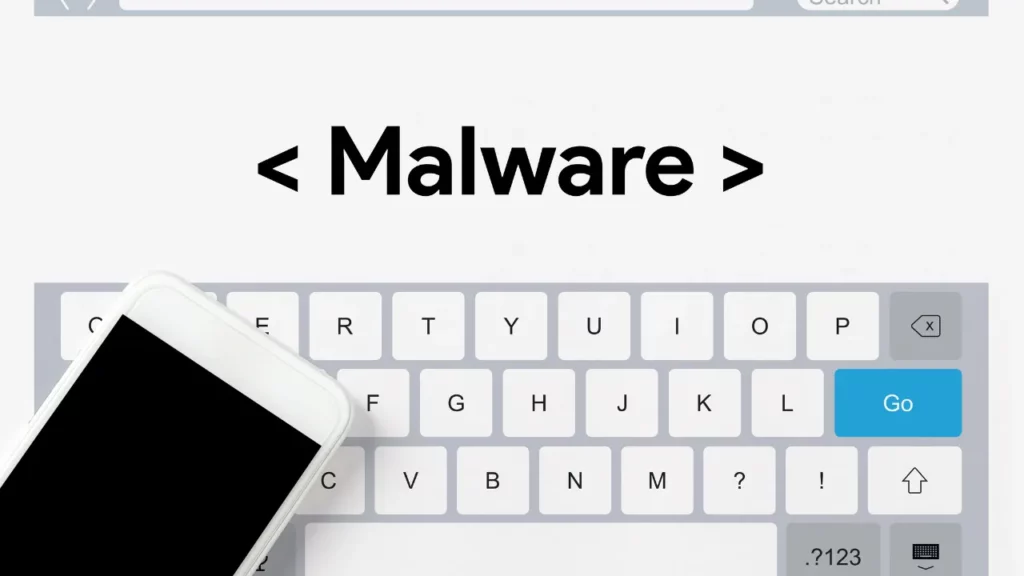
Now let’s explore the key defenses every individual and business should implement to protect against evolving malware threats in 2024.
Installing reputable anti-malware software on all endpoints, servers, and networks is a crucial first line of defense. It can:
Ensure real-time and scheduled scanning are both enabled for continuous protection.
Firewalls create a barrier between trusted internal networks and untrusted external networks. They analyze incoming and outgoing traffic using preset security rules to filter malicious traffic while allowing benign traffic through.
All enterprise internet traffic should flow through a secure web gateway. This scans for malware downloaded from the web, blocks malicious and risky sites based on reputation, and enforces web usage policies.
Email security solutions scan attachments, links, and content in real-time to catch malware distributed through phishing emails before it reaches user inboxes. They can also filter out spam and spoofing attempts.
EDR solutions provide advanced threat detection, investigation, and remediation capabilities for endpoints. They can continuously monitor systems for behavioral indicators of malware and provide rapid response.
Regularly patching and updating operating systems, software, and firmware is essential to eliminate security weaknesses that malware exploits. Automated patch management ensures rapid deployment across endpoints.
Hardening configurations as per vendor guidelines, such as disabling unnecessary services/features, restricting execution of unauthorized software, and using least privilege principles can limit malware infection capabilities.
Limiting standard user privileges and granting admin access only when essential contains malware blast radius. Strict access controls to sensitive data minimizes exposure.
Educating employees on modern social engineering techniques, phishing identification, safe web usage, and reporting potential infections helps turn them into a strong human firewall.
Maintaining offline, immutable backups of critical data enables restoration after a ransomware outbreak or destructive cyberattack, minimizing downtime. Regularly test backups for reliability.
Adopting even a few of these defenses can significantly boost your protection against malware. For best results, use a layered security approach implementing controls at different levels.
This covers the major must-have malware defenses for 2024. But it’s important to continuously assess and evolve your protections as the threat landscape changes.
With work and personal activities increasingly happening on smartphones, it’s critical to secure them against malware threats.
Proactively securing and monitoring mobile devices is just as important as protecting PCs and servers when defending against malware in 2024.
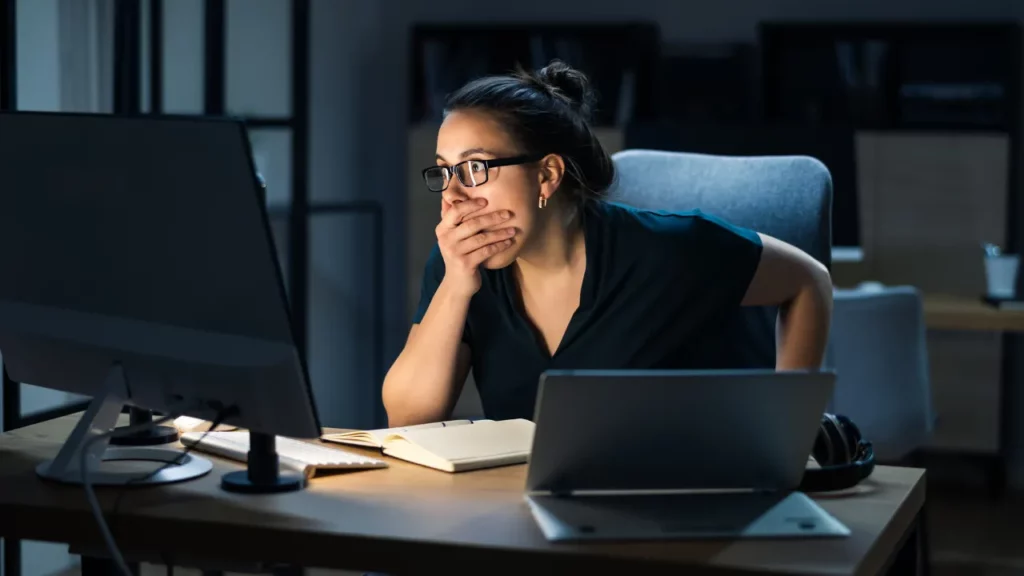
While businesses have dedicated security teams, individuals need to implement good security hygiene themselves. Here are proactive tips for protecting home computers:
Following these best practices consistently makes a major difference in protecting home users from the latest malware threats.
Malware is a continuously evolving threat, but by using the in-depth security strategies and controls outlined in this guide, individuals and businesses can protect themselves in the years to come.
While malware attacks will continue to change, following cybersecurity best practices and implementing layered defenses makes you highly resilient over the long run. This allows both businesses and home users to confidently embrace new technologies while keeping data, devices, and systems protected now and in the future.
A: Key signs of malware infection include an abnormal slowdown in performance, programs crashing, popups appearing, browser redirects to strange sites, and increased computer crashes or freezes. Unexpected activity like file changes, emails sent from your account, or unusual network traffic may indicate malware.
A: Yes, but Windows is most commonly targeted. Macs and Linux can get malware through web browsers, cloud sync apps, malicious attachments, and infected external drives. Using security software and avoiding risky behavior is important on any system.
A: Yes, you need anti-malware protection even if you’re careful. Much malware today spreads through website drive-by attacks that infect your computer without you downloading anything. Real-time scanning is essential.
A: No, using more than one anti-malware program isn’t recommended as they can conflict with each other and destabilize your system. Choose one reputable program and use the layered protections it includes.
A: You should install OS and software security updates as soon as they become available, preferably using automatic updates. Updates patch vulnerabilities that malware relies on, so staying current is crucial.
A: Yes, both Android and iOS devices are vulnerable to malware, though attacks are less common on iOS. Avoid sideloading apps and stick to official app stores. Install mobile anti-malware apps for added protection.
A: No, sideloading iOS apps from unauthorized sources can expose you to malware, even without jailbreaking. Stick to the official Apple app store which vets all apps for security.
A: Public USB stations carry significant risk as they may contain charging cables pre-loaded with malware to infect your phone. Avoid using them and only use trusted power adapters.
A: While cyber insurance can offload some financial liability from malware, policies have limitations. And they don’t protect against operational disruptions. Strong preventative security is still essential.
This covers some of the common malware protection questions people have. Stay vigilant and proactive with security to avoid becoming a victim.